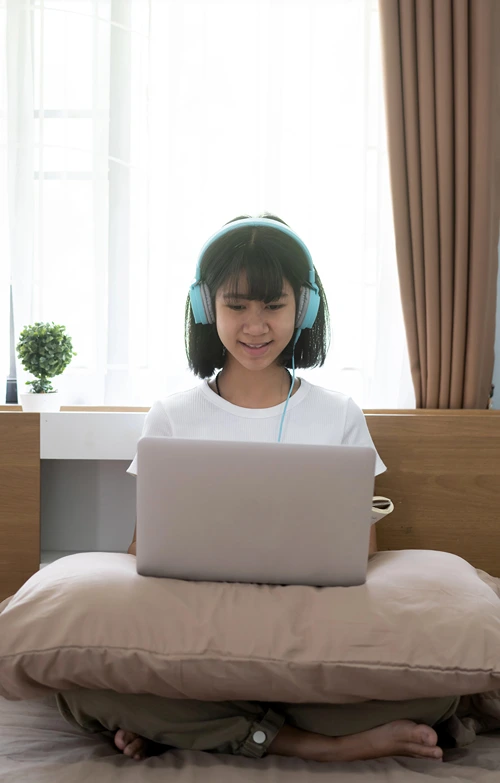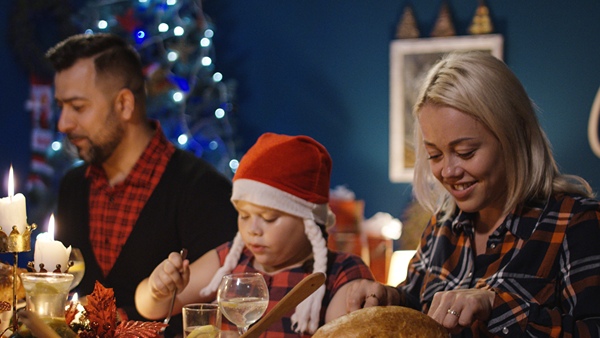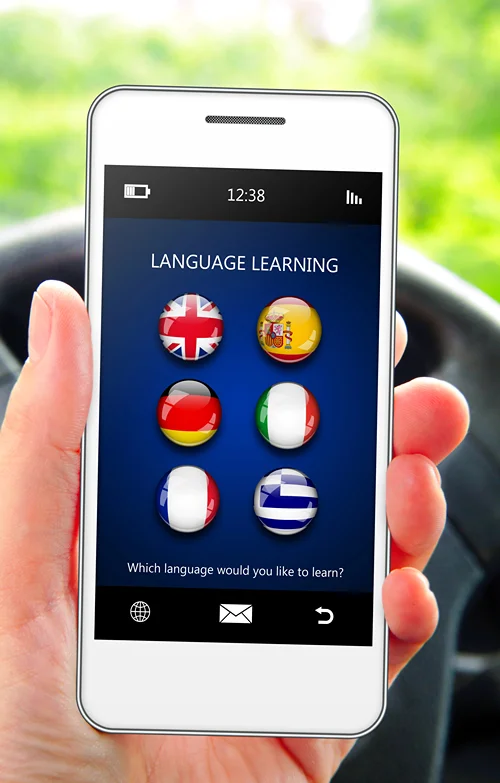How to Revise for A-Level Maths Effectively
Revising for A-Level Maths can feel overwhelming. There are complex formulas, unfamiliar problem-solving techniques and strict time limits in exams. However, with the right revision strategies, maths becomes far more manageable. Instead of memorising endless notes, effective revision focuses on understanding, practice and exam technique.
In this blog, we explain how to revise for A-Level Maths effectively using proven methods. By practising regularly, using past papers wisely and planning your time well, you can boost confidence and improve your exam performance.
Why Practise Matters in A-Level Maths
Mathematics is a subject built on practise. Unlike essay-based subjects, success in A-Level Maths depends on what you can do, not just what you remember. Regular problem-solving helps you understand concepts deeply, improve accuracy and develop speed.
Consistent practice also helps you recognise patterns in questions and avoid common mistakes. The more questions you solve, the more confident you become. This is why the best way to revise A-Level Maths is to engage actively with problems rather than passively reading notes.
Using Past Papers to Improve Exam Performance
Past papers are one of the most powerful revision tools for A-Level Maths. They help you understand exam structure, question wording and time pressure, making the real exam feel less stressful.
To get the most value from past papers, focus on:
- Timing yourself under real exam conditions
- Checking answers carefully using mark schemes
- Identifying weak topics and revising them again
Working through A-Level Maths past papers from exam boards such as AQA, Edexcel and OCR allows you to see how marks are awarded. This improves both accuracy and exam technique, which is essential for higher grades.
Revising Key A-Level Maths Topics Effectively
A-Level Maths includes Pure Maths, Statistics and Mechanics. Each area requires a slightly different approach, but all benefit from breaking topics into smaller sections and mastering core techniques.
You should prioritise:
- Differentiation, integration and algebra in Pure Maths
- Probability and distributions in Statistics
- Forces, motion and kinematics in Mechanics
Focusing on these foundations will help with many exam questions. Strong algebra skills, in particular, are essential and should be practised regularly.
Using Active Revision Techniques
Simply reading notes is not enough for A-Level Maths. Active revision techniques help you retain information and apply it correctly in exams. Explaining answers out loud, teaching a topic to someone else or solving questions in multiple ways all improve understanding.
Flashcards can be useful for formulas and key rules, especially when reviewed using spaced repetition. Mental maths practice also improves flexibility and speed. Active revision makes your study sessions more effective and less monotonous.
Managing Time and Creating a Revision Plan
A clear revision timetable is essential for effective A-Level Maths revision. Without structure, it is easy to ignore difficult topics or spend too much time on areas you already understand.
When planning your revision:
- Identify strengths and weaknesses early
- Set specific, achievable goals for each session
- Use short, focused study periods with regular breaks
For example, instead of “revise calculus”, aim to “solve 10 integration questions”. This makes progress measurable and keeps motivation high.
Getting Extra Support When Needed
A-Level Maths is a big step up from GCSE and gaps in basic knowledge can quickly cause problems. Reviewing GCSE topics such as algebra and trigonometry can be a helpful starting point. If you feel stuck, asking your teacher questions or working with an A-Level Maths tutor can make a huge difference. Edumentors is a UK-based tutoring platform where you can find tutors from Cambridge and Oxford universities.
One-to-one support helps target weak areas, improve confidence and provide clear explanations tailored to your learning style.
Staying Positive During Maths Revision
The research shows that your mindset plays a major role in revision success. Maths can feel intimidating, but mistakes are part of learning. Reviewing errors helps you avoid repeating them in the exam. Managing stress is also important. Short breaks, exercise and realistic goals can reduce anxiety and improve focus. Confidence grows naturally as your practise increases.
Conclusion
Revising for A-Level Maths effectively requires practise, planning and the right mindset. By solving problems regularly, using past papers strategically and applying active revision techniques, you can strengthen your understanding and exam skills.
The best way to revise A-Level Maths is to work smart, not just hard. Break topics into small steps, test yourself often and seek support when needed. With consistency and confidence, achieving strong results in A-Level Maths is entirely possible.








